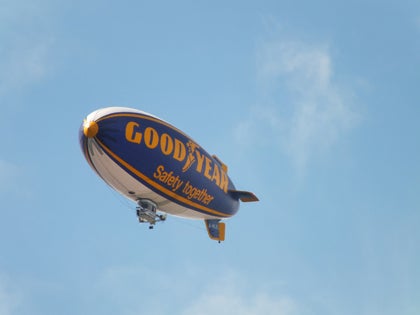Can Fujifilm's HS30EXR reshape the superzoom and right the wrongs of last year's HS20 model? The What Digital Camera Fujifilm Finepix HS30EXR review...
Fujifilm Finepix HS30EXR Review
Performance
Fujifilm Finepix HS30EXR review – Performance
The Finepix HS30EXR’s zoom lens not only offers a significant range but is easy to use thanks to the manual zoom ring design. The autofocus system itself is snappy and accurate at wideangle settings, but doesn’t deliver to the same standard at the longer focal lengths. The biggest issue – that was also apparent with the HS20 – is a ‘pause’ where realtime feedback ceases for a brief moment as the camera focuses. This means a moving subject may have left the frame during the period of focus, which makes shooting moving subjects tricky.
Furthermore the continuous autofocus system is no more advanced than those in many other contrast-detect compact cameras. At longer focal lengths moving subjects will ‘outsmart’ it, which renders it of little use for moving subjects.
There are four main focus area types, ranging from Centre-point, Multi-point and Area through to Tracking. The Area AF offers 49 areas that cover the majority of the image preview.
Macro enthusiasts will be pleased by the 1cm-from-subject Super Macro mode. Although limited to the 24mm wideangle, the close focus distance at longer focal lengths is still impressive in the regular Macro mode. It’s approximately 3m-from-subject when at the longest 720mm setting – ideal for capturing subjects with that pro-looking blurred background.
As well as JPEG files it’s also possible to capture Raw shots. This is another area that the HS30 has improved compared to the HS20: it now takes less than a third of the time to write a shot to SD card, at around two seconds for a single frame.
Continuous shooting at 8fps is possible when shooting JPEG files, though maxes out at five frames if shooting in Raw. The fast burst rate is met with useful options in the drive menu such as Dynamic Range Bracketing or Auto Exposure Bracketing. Other options include ‘Best Frame Capture’ (i.e. standard bust mode), or even ‘Film Simulation Bracketing’. The Film Simulation modes offer Fuji’s traditional film types: Provia (standard), Velvia (vibrant) and Astia (soft) as well as Black & White and Sepia options. Elsewhere in the menus it’s possible to customise Color, Tone, Sharpness and Noise Reduction and there’s even a WB Shift for that extra level of control.
The HS30EXR also has a 1080p movie mode that uses the H.264 compression codec and outputs MOV files straight from camera (no computer-based processing required here). Capture begins almost immediately via the press of the one-touch movie button on the rear of the camera, though the 16:9 ratio used for movies will ‘crop in’ to the frame with top and bottom black borders (as it’s a different ratio than the 4:3 or 3:2 stills options).
As well as the HS30EXR performs, it’s worth reflecting on your expectations. If you will, a subtle word of warning: A superzoom won’t match up to nor replace a DSLR (plus decent lens). Focus ability, potential wide aperture advances and better image quality will see to that. For the money superzooms offer a fair balance of features and this, combined with a focal length reach far beyond anything within this price range, are their obvious strengths.






